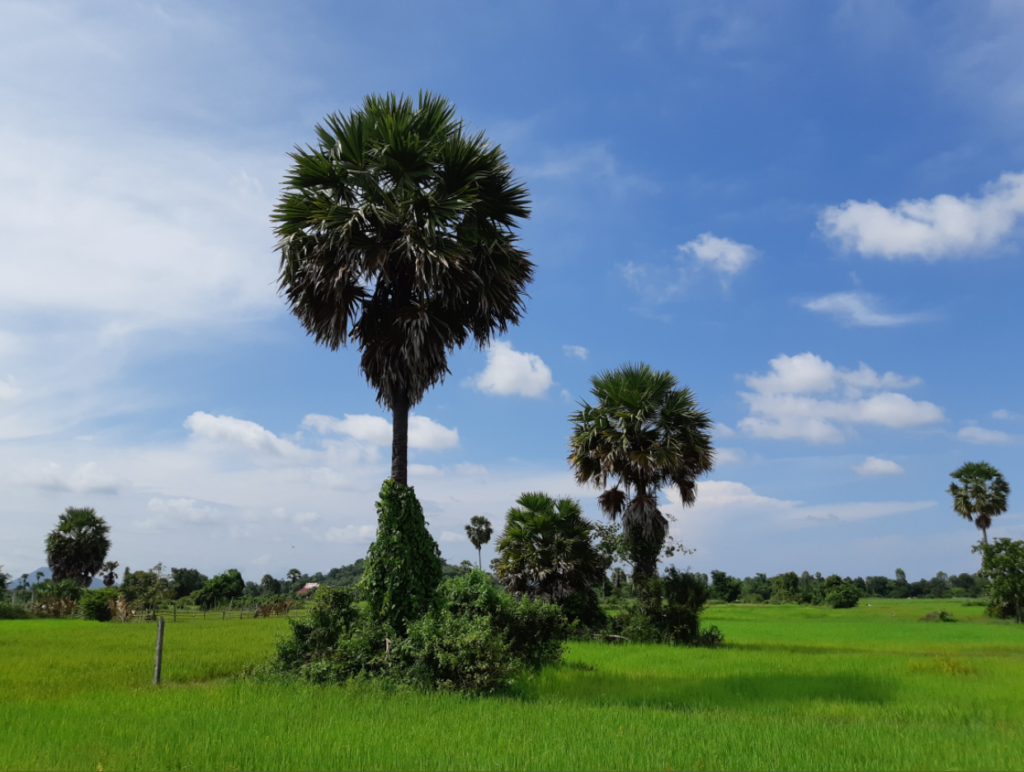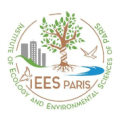Termite mounds in the lower Mekong basin. In Laos, Cambodia and NE Thailand, paddy fields appear as mosaics owing to the presence of mounds built by numerous organisms, and especially termites. What are the ecological (e.g., impact on animal and plant biodiversity), environmental (e.g., impact on soil and water dynamic, pesticide utilization) as well as socio-economical processes (e.g., impact on food security, human health, and farmer incomes) impacted by these patches of biodiversity and fertility ? How can we preserve these patches of biodiversity and fertility in a changing world?

Contact: Pascal JOUQUET, pascal.jouquet@ird.fr & Ratha MUON, ratha.muon@itc.edu.kh
Project funded by ANR (2023-2027)
For more information, visit : ECOTERM Project on UTUBE !
Participants:
- Institute of Ecology and Environmental Sciences (UMR iEES Paris, France).
- Centre Européen de Recherche et d’Enseignement des Géosciences de l’Environnement (CEREGE, France).
- Centre d’Etudes et de Recherches sur le Développement International (CERDI, France).
- Centre Norbert Elias (CNE, France).
- Pharmacochemistry and Biology for Development (UMR PharmaDev, France).
- Institute of Technology of Cambodia (ITC, Cambodge)
- Royal University of Agriculture (RUA, Cambodia)
- LISODE (France).
- AGRISUD International (Cambodia).
